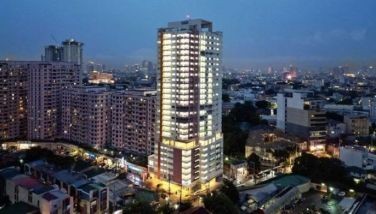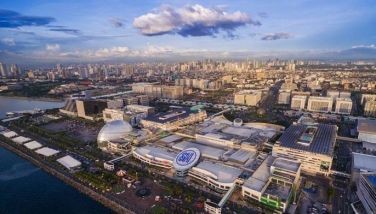ADB sees economy easing to 4.6% growth in 2011
MANILA, Philippines - The Asian Development Bank (ADB) is forecasting the Philippine economy to grow by a slower 4.6 percent in 2011, following an estimated 6.8 percent growth rate in its gross domestic product (GDP) this year.
In the latest edition of its Asia Economic Monitor released yesterday, the ADB said the weaker outlook for 2011 “is due to weaker external demand and the need for fiscal consolidation.”
For most of the emerging markets including the Philippines, the ADB has expressed concerns over the uncertainty of the global economic recovery since the emerging markets are vulnerable to a number of downside risks, given the weaker external environment and uncertain effects of further monetary stimulus in advanced economies.
The ADB said average growth in emerging East Asia will likely hit 7.3 percent in 2011 after growing 8.8 percent in 2010. In September, ADB had predicted growth of 8.4 percent for the region this year after a 5.2 percent expansion in 2009.
“The 2010 upgrade was in large part due to the faster-than-expected growth in the People’s Republic of China which ADB now sees at 10.1 percent this year. That is higher than its previous forecast of 9.6 percent in September,” it said, adding that it still expects the Chinese economy to expand 9.1 percent in 2011.
Meanwhile, the report noted that the capital adequacy ratio (CAR) of the Philippine banking system has been slipping since registering a high of 18.5 percent in 2006.
The country’s banking system is expected to register a CAR of 16.2 percent in 2010, hardly registering any improvement from 16 percent in 2009.
The rate of return on Philippine commercial bank assets, from a low of 0.8 percent in 2000-2004 to a high of 1.7 percent in 2007, is estimated to end 2010 at 1.3.
But the rate of return on commercial bank equity is forecast to reach 11.8 percent, among the highest in recent history. The last time it reached over 11 percent was in 2007 when it closed at a similar 11.8 percent versus a low of 5.9 percent average from the 2000-2004.
The non-performing loan (NPL) level for 2010 is forecast to be among the lowest at 3.3 percent, slightly higher than the three percent in 2009, but well above the high of 14.8 in 2000-2004 period.
No concerns of property bubble were likewise seen in the Philippine market, as property loans only accounted for 15.2 percent of total loans so far this year.
However, it may be different for the rest of the emerging East Asia’s large, long-standing trade surpluses against developed economies.
This, in turn, has attracted calls for emerging East Asia to allow its currencies to appreciate to match its growing economic strength. Asia’s swift recovery from the recent global crisis is also drawing foreign investment to the region. Managing capital inflows to prevent asset price bubbles has also become a concern.
The Asia Economic Monitor suggests the best way forward would be for East Asian economies to adopt informal monitoring zones for their exchange rates against an external reference currency or a basket of currencies.
- Latest
- Trending

























